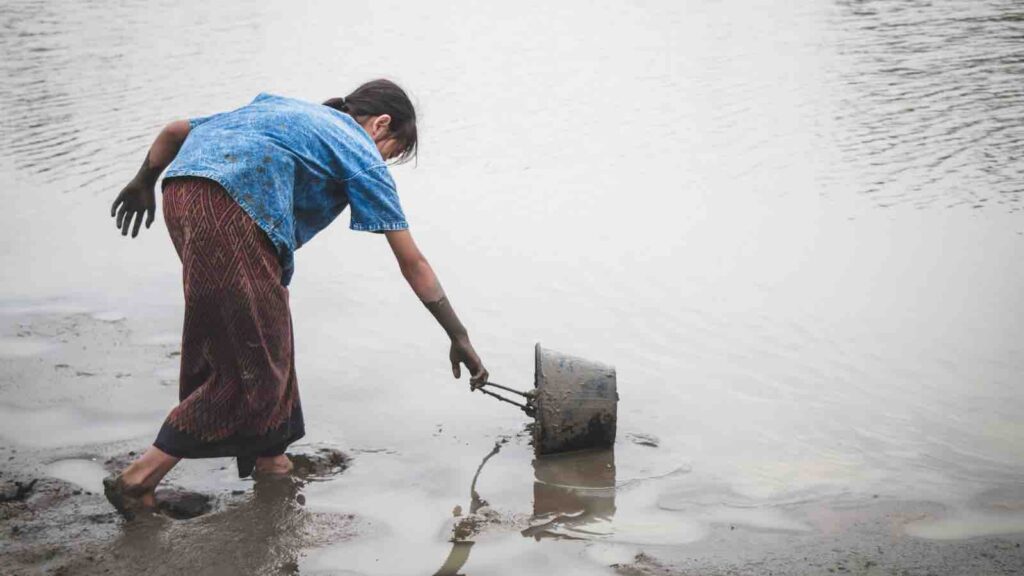Activists are pressing for urgent action on the disproportionate impact of climate change on women and girls, particularly in poverty-stricken areas.
NEW DELHI — Last year, Manju Devi endured excruciating pain for two months while working on a farm near Delhi. Bound by her duties, Devi stood for hours in waist-deep water in rice paddies, lifted heavy loads under scorching heat, and handled harsh pesticides and insecticides. When the pain became unbearable, she was rushed to a hospital. The diagnosis was grim: a prolapsed uterus requiring a hysterectomy. Devi had kept her suffering a secret, stifled by societal taboos around discussing “women’s illnesses,” while her family depended on her labor.
RELEVANT SUSTAINABLE GOALS



Activists are pressing for urgent action on the disproportionate impact of climate change on women and girls, particularly in poverty-stricken areas. They are advocating for measures including securing land rights for women, fostering women’s cooperatives, and propelling women into leadership roles in climate policy.
The recent G20 summit in New Delhi acknowledged these challenges, emphasizing the need to integrate gender equality into climate action by boosting women’s participation and leadership in both mitigation and adaptation efforts.
Devi, a widow and farm worker from Syaraul, a village in Uttar Pradesh, shared her ordeal alongside other women who experienced similar injuries leading to surgical interventions. Seema Bhaskaran from the nonprofit Transform Rural India Foundation explained, “While climate change doesn’t directly cause uterine prolapse, it exacerbates the strenuous conditions that make women more vulnerable to such health issues.”
Approximately 150 kilometers from Devi’s village, in Nanu, 62-year-old Savita Singh lost a finger to a chemical burn exacerbated by increased pesticide use — a decision made by her absent husband as they faced declining crop yields due to changing climate conditions.
In another village, Pilakhana, 22-year-old Babita Kumari attributed her consecutive stillbirths to the intense labor and heat at a brick kiln, conditions worsened by climate change. An analysis by Climate Central suggests that recent heatwaves in the region, intensified by climate change, have doubled the likelihood of such extreme temperature events.
Bhaskaran noted that while women constitute the majority of India’s agricultural workforce, they own a minuscule fraction of the land. “Women often bear the brunt of climate impacts, working long hours in harsh conditions, with limited access to resources and under the constant threat of health issues,” she said.
Poonam Muttreja, a women’s rights advocate and director of the Population Foundation of India, emphasized the necessity for COP28 to not only address financial aid but to also enhance gender inclusivity in all climate-related frameworks.
This collective voice underscores a critical agenda for the global community: to integrate robust gender considerations into climate policies, ensuring that the health and welfare of women are placed at the forefront of the climate dialogue.
The article is part of a series produced under the India Climate Journalism Program, a collaboration between The Associated Press, the Stanley Center for Peace and Security and the Press Trust of India.
Lead image courtesy of R_Tee from Getty Images Pro
You may also be interested in :
When The Data Doesn’t Tell The Full Story : Improving Gender-Responsive Climate Finance


